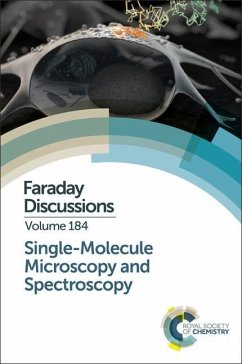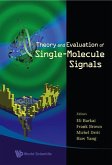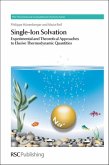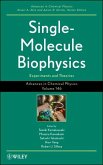Since their inception, optical detection and spectroscopy of single molecules have steadily expanded to an amazing variety of disciplines in the natural sciences. Domains such as optical microscopy, quantum optics, nanophotonics and soft matter/ material science have all benefited from the new, "average-free" insights provided by the optical isolation of single molecules, quantum dots, metal nanoparticles, and other nanometre-sized objects. These The techniques themselves have also made spectacular progress with developments in super-resolution microscopy, time-resolved measurements, absorption-based detection, combination with mechanical or electrical manipulation and recording, live-cell imaging, and metal nanoparticle-enhanced phenomena. At the chemistry-biology interface, new probes are needed for the study of various biological processes, most of them in live cells or even live organisms, but also for superresolution microscopy. The plasmonics-chemistry interface includes studies of catalysis, diffusion in soft materials and nanofluidics. At the border between quantum optics, plasmonics and physical chemistry, low-temperature spectroscopy experiments provide candidates for the manipulation of single spins as qubits, while new structures can be designed as nanoantennas to enhance molecular fluorescence and a broad variety of nonlinear optical processes. The aim of this volume is to propose a synthesis of the main advances of the past several years and to map out future avenues at the interfaces between the themes.
Hinweis: Dieser Artikel kann nur an eine deutsche Lieferadresse ausgeliefert werden.
Hinweis: Dieser Artikel kann nur an eine deutsche Lieferadresse ausgeliefert werden.







